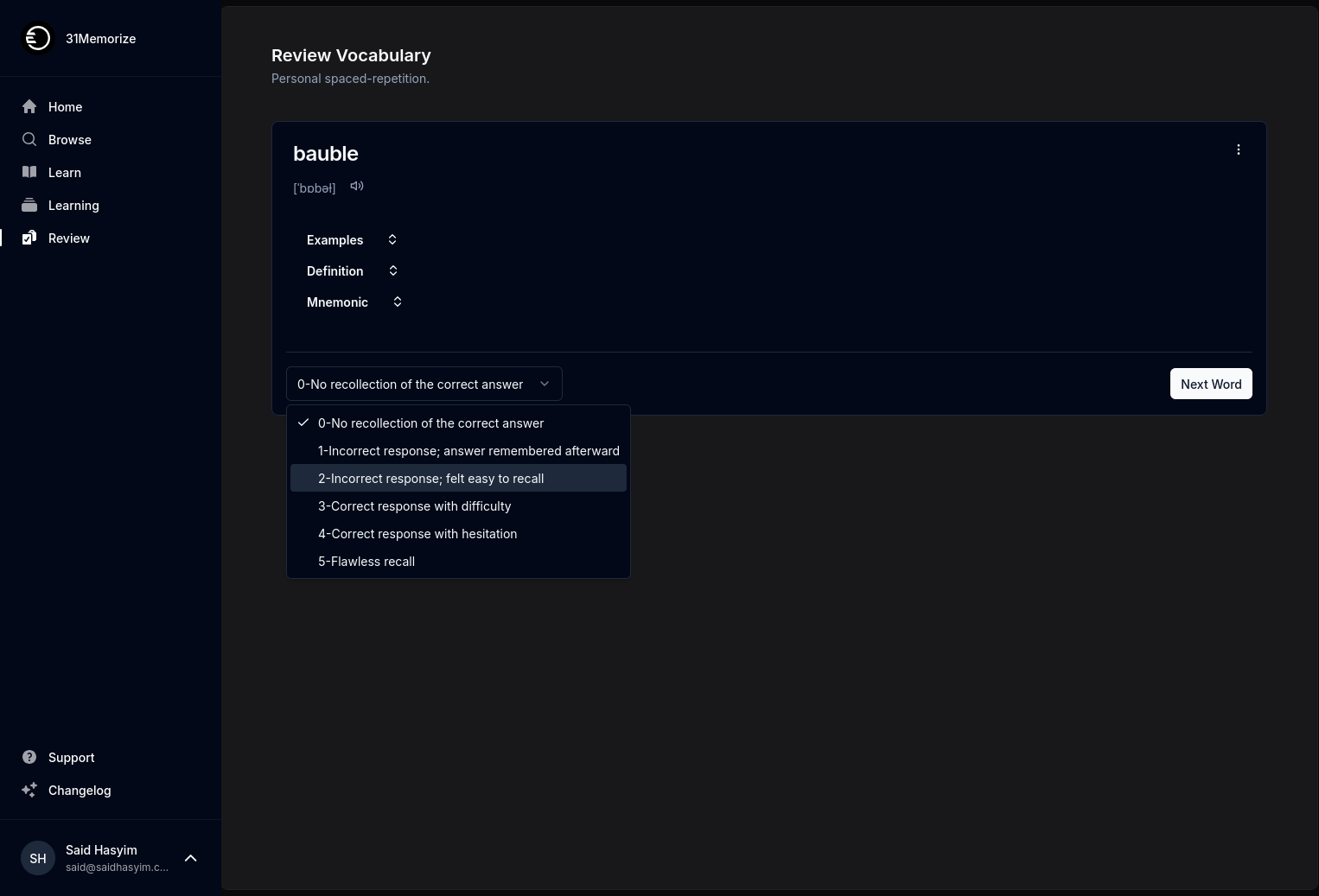Keeping Tabs on Your Book Ratings Effectively
In the age of information saturation, where millions of books are at our fingertips, it's easy to get lost in the vast sea of literary options. Whether you're an avid reader looking to track your personal library, a book blogger wanting to keep a record of your readings, or just someone who enjoys sharing your thoughts on what you read, keeping tabs on your book ratings is an essential practice. Here’s how you can effectively manage your book ratings while ensuring that your system is both functional and enjoyable.
Why Track Book Ratings?
Tracking your book ratings serves multiple purposes, all of which enhance your reading experience:
- Reflect: Reflecting on what you’ve read helps you gain insights into your preferences and reading habits.
- Memory: As time passes, it’s easy to forget the details of every book. Ratings can act as a nostalgic reminder of your reading journey.
- Recommendations: Your ratings can serve as guides when recommending books to friends or choosing your next read.
- Personal Growth: By reviewing your ratings over time, you can identify growth in your reading tastes and interests, allowing for a more tailored reading list.
Establishing a Rating System
Consistency is Key
Creating a consistent rating system is crucial. Different readers might have various methods, so it’s important to define what each rating represents. The most common systems are:
- Star Ratings: Often on a scale of 1 to 5, with 1 being the worst and 5 being the best.
- Number Ratings: Similar to star ratings but can extend beyond the 5-point scale (e.g., 1 to 10).
- Qualitative Ratings: Instead of using a numerical value, you could use terms such as "Loved It," "Liked It," "It Was Okay," "Didn’t Like It," and "Hated It."
Be Transparent
Make sure that your criteria for rating are transparent to you and others. Define what makes a book fall under each rating. For example:
- 5 Stars: Masterpiece with excellent character development, plot, and writing style.
- 4 Stars: Highly enjoyable with minor flaws.
- 3 Stars: Average, with both good and bad elements.
- 2 Stars: Below average, lacking significant strength.
- 1 Star: Poorly executed, not worth reading.
Consider Multiple Aspects
When rating a book, consider evaluating multiple aspects rather than giving a blanket score. Some areas to assess include:
- Plot: Was the storyline engaging?
- Character Development: Were the characters well-rounded?
- Writing Style: Was the writing enjoyable, or did it detract from the story?
- Themes: Did the book explore themes that resonated with you?
Each aspect can have separate ratings, which can be averaged to form an overall rating if desired.
Choosing Your Tracking Method
Once you've established a rating system, it's time to decide how you'll track your ratings. Fortunately, there are numerous methods available:
Digital Solutions
- Spreadsheets: Create a custom sheet using Google Sheets or Excel. This gives you complete control over your categories, formulas, and layout.
- Apps & Websites: Utilize various book tracking platforms that allow you to log, rate, and categorize your books. These platforms provide additional features, such as reading challenges and recommendations based on your ratings.
- Social Media: Use platforms like Goodreads or Bookstagram to share your thoughts, ratings, and reviews, reaching a community of fellow readers.
Analog Options
If you prefer a tactile experience, consider:
- Reading Journals: Keeping a dedicated reading journal where you write down your thoughts and ratings can be both fulfilling and personal.
- Index Cards: Write down the book title, author, your rating, and any notes on index cards. Store them in a box or binder for easy reference.
Regular Reviews
Establish a habit of reviewing your book ratings periodically. This can be done monthly or quarterly, depending on your reading pace. During these reviews, consider:
- Revisiting Ratings: Have your opinions changed on previously read books? It’s not uncommon to reassess and adjust ratings based on new insights or changes in taste.
- Identifying Patterns: Look for trends, such as recurring themes or genres that you rate highly, which can inform your future reading choices.
Sharing Your Insights
Don’t forget to share your ratings and reviews with others! Whether through a blog, social media, or discussions with friends, sharing your insights not only connects you with like-minded readers but enriches the literary community. Engaging with others can also lead to new recommendations and broaden your reading horizons.
Conclusion
Keeping tabs on your book ratings is an enriching practice that provides more than just numbers; it offers insight into your tastes, preferences, and growth as a reader. By establishing a clear rating system, choosing a suitable tracking method, and regularly reviewing and sharing your insights, you can effectively manage and enjoy your reading journey.
So, grab that book you’ve been meaning to dive into, indulge in the world of stories, and don’t forget to keep track of your thoughts along the way!
